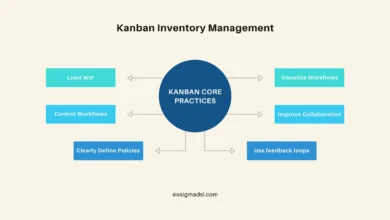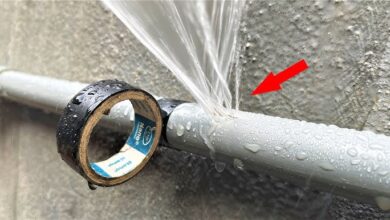Uncovering the Allure and Controversy of 80 Percent Lower Receivers in the Firearms World

In the realm of firearms enthusiasts and manufacturers, few topics have garnered as much attention and controversy in recent years as 80 percent lower receivers. These partially completed firearm components, often referred to simply as “80 percent lowers,” have become emblematic of a DIY ethos within the firearms community, sparking debates over legality, regulation, and personal freedom. Let’s delve into the world of 80 percent lower receivers to understand their allure and the controversies they provoke.
The Basics of 80 Percent Lower Receivers
At its core, an 80 percent lower receiver is a firearm component that is only partially machined, leaving it incomplete according to the standards set by the United States Bureau of Alcohol, Tobacco, Firearms and Explosives (ATF). Specifically, an 80 percent lower receiver lacks the necessary features, such as pin holes and fire control group pockets, to be classified as a firearm under federal law. As a result, these components can be legally sold and purchased without the need for background checks or serial numbers.
The Appeal of DIY Firearm Manufacturing
One of the primary appeals of 80 percent lower receivers lies in the opportunity for customization and personalization. Enthusiasts and hobbyists relish the chance to craft their own firearms from scratch, allowing them to tailor the finished product to their exact specifications. Moreover, completing an 80 percent lower receiver can be a deeply satisfying hands-on experience, providing a sense of accomplishment and pride.
Legal and Regulatory Challenges
Despite their popularity among DIY enthusiasts, 80 percent lower receivers have faced scrutiny from lawmakers and regulators. Critics argue that these components represent a loophole in existing firearms laws, allowing individuals to evade background checks and manufacturing regulations. Concerns have also been raised about the potential for unregistered firearms made from 80 percent lowers to end up in the hands of criminals.
In response to these concerns, legislators have proposed various measures to regulate or restrict the sale and manufacture of 80 percent lower receivers. Some have called for requiring serial numbers or background checks for these components, while others have sought outright bans on their sale. However, navigating the legal landscape surrounding 80 percent lower receivers remains complex and contentious.
The Future of 80 Percent lower Receivers
As debates over gun control continue to unfold, the future of 80 percent lower receivers remains uncertain. While advocates argue for the preservation of individual freedoms and Second Amendment rights, opponents push for tighter regulation to address perceived loopholes and safety concerns. Regardless of the outcome, the allure and controversy surrounding 80 percent lower receivers underscore the ongoing tension between personal liberty and public safety in the firearms world.
Website – check out here www.80-lower.com




